Azimuth is simply the angle of an object in the sky along the horizon. Yes, it's spherical trigonometry but it's not difficult! Check out this video and in just a few minutes you will be able to solve azimuth problems on your own.
You Will Need:
* The latitude and longitude of starting point
* The latitude and longitude of the celestial object
* A calculator with sine, cosine, and arcsine functions
* A chart or map (optional)
* A GPS device (optional)
Step 1: Determine latitude and longitude
Determine the latitude and longitude of the starting point, or observation point, from which you'll calculate the angle. Use L to represent the starting point latitude.
Find latitude and longitude by going to the location with a GPS device.
Step 2: Find object's coordinates
Find the latitude and longitude of the celestial object. Use D to represent the latitude of the point on the earth where the desired object is straight overhead.
Step 3: Find t
Find the meridian angle, represented by t, also known as the local hour angle – or LHA. It is the difference between the observer's longitude and the longitude of the celestial object.
Step 4: Calculate the altitude
Calculate the altitude of the object, called H. Multiply the sine of L by the sine of D. Then multiply the cosine of L by the cosine of D, by the cosine of t. Add these two products and determine the arcsine of the sum.
Step 5: Compute azimuth
Find the azimuth angle, Z, by multiplying the cosine of D by the sine of t, and dividing the product by the cosine of H. Then determine the arcsine of the result, which will give you the azimuth angle.
Just updated your iPhone? You'll find new emoji, enhanced security, podcast transcripts, Apple Cash virtual numbers, and other useful features. There are even new additions hidden within Safari. Find out what's new and changed on your iPhone with the iOS 17.4 update.






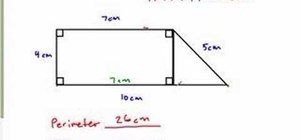









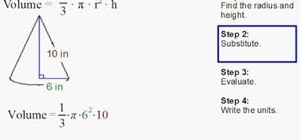
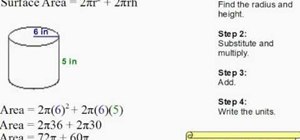





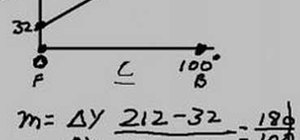

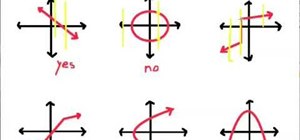
Be the First to Comment
Share Your Thoughts